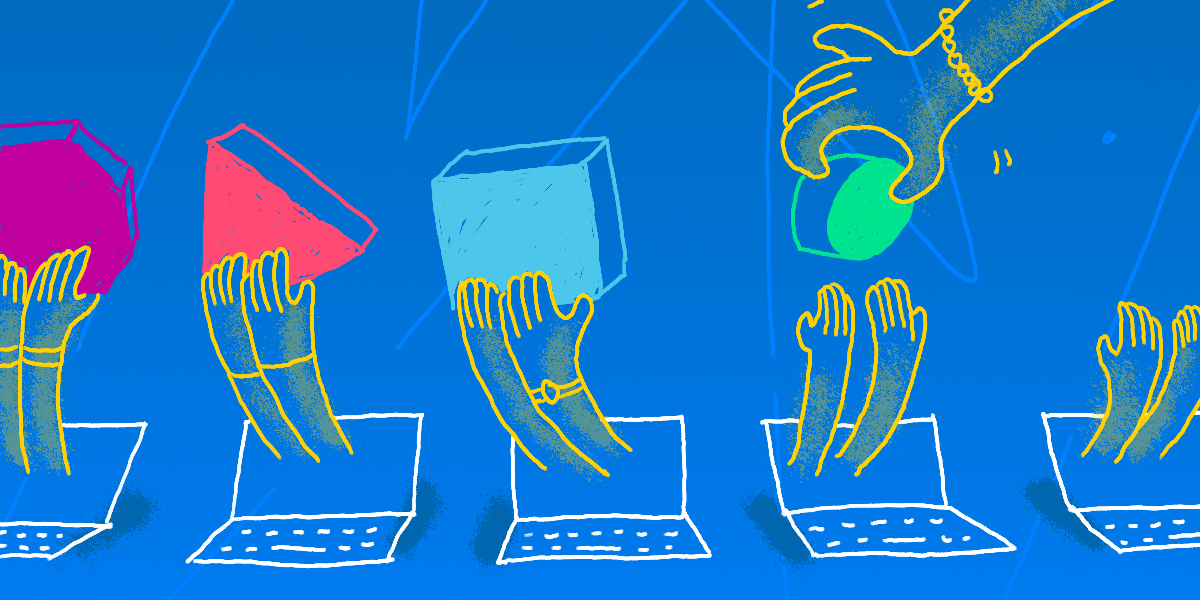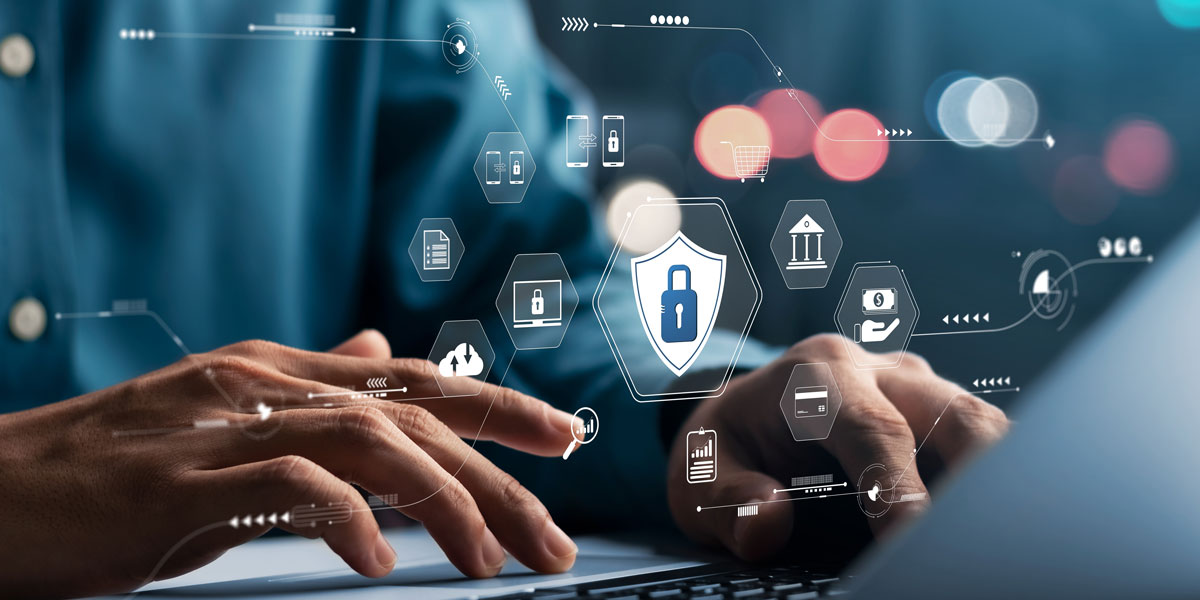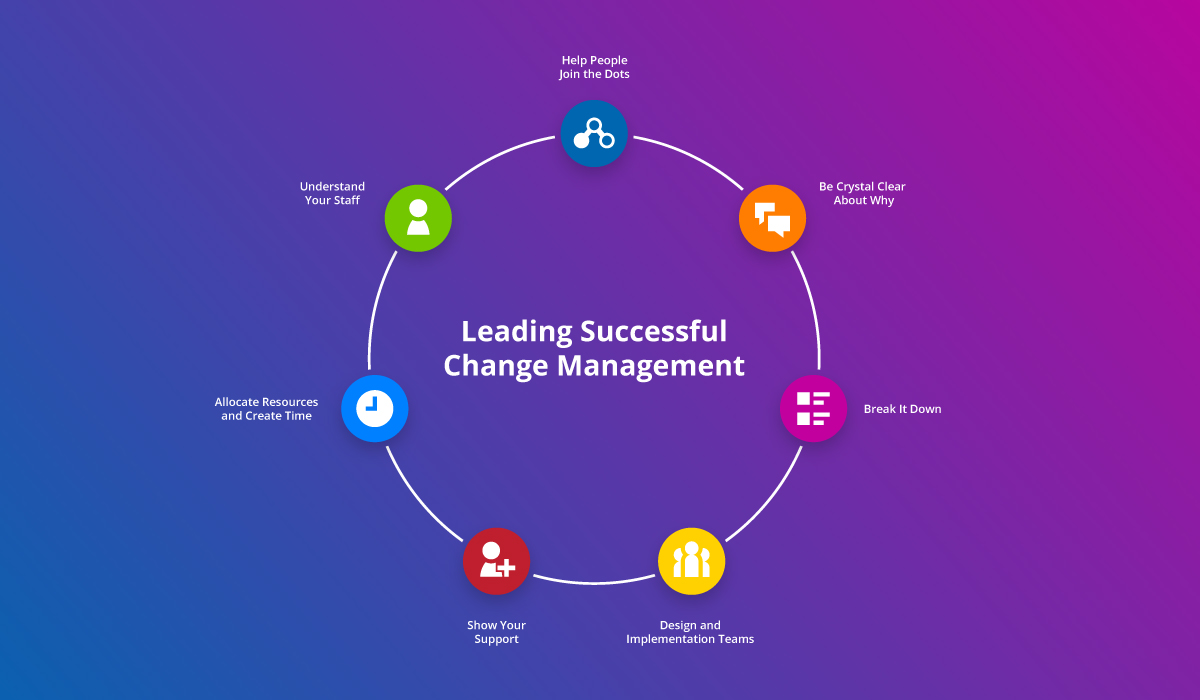As the world continues to adjust to a new normal, some things have remained the same. In particular, the wonderful uniqueness of every child continues to be the central requirement of great learning design.
The strategies required during extended periods of remote learning have further cemented the importance of adapting new lesson delivery methods, elearning technology, resources and pace to suit the individual student, regardless of whether it’s in a virtual learning space or physical classroom.
So what has distance education taught us and how can we apply these lessons to continue to meet the individual needs of students to achieve their full potential?
Lessons from distance education
Before we explore educational technologies that have assisted to keep personalised learning at the core of delivery, it’s important to highlight key lessons from recent experiences of operating remotely.
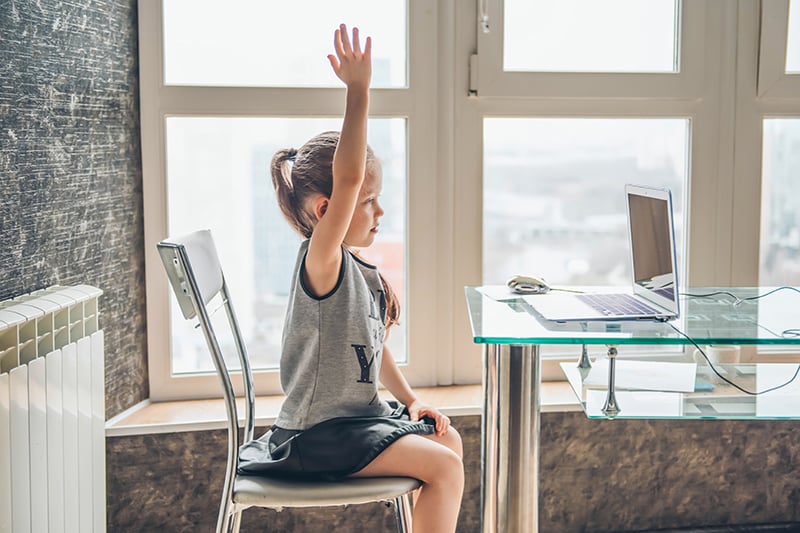
Timely Communication
Communication skills are taught in schools throughout all subjects in a variety of learning environments. When learning went online, timely communication between teachers, students and parents became even more integral. Communication is dynamic, so we need to find dynamic approaches in an online setting. Whilst the key principles of exceptional communication prevails, the how is changing. Central to the ‘how’ is the need to understand that communication needs to be explicit, succinct and purposeful.
Video Conferencing Software
Learning remotely can feel isolating. Using video conferencing software allows people to see and be seen. Connecting synchronously provides the opportunity to gauge the ‘tone’ that may otherwise not be possible, and whilst not perfect, is a reasonable substitute for ‘lonely learners’. A good conversation can greatly assist in alleviating some of the anxieties related to remote learning. Furthermore, it provides an essential tool for direct and explicit instruction between teachers and students as well as students amongst themselves.
Virtual Collaborative Spaces
The opportunity to collaborate is essential to quality teaching and learning. Whilst not being able to meet in boardrooms, attend face to face staff meetings or contribute to whole class discussions due to restrictions, it is essential to facilitate these interactions through other mediums. A shift to virtual collaborative spaces may be a necessity and can be done both synchronously and asynchronously . Virtual ‘rooms’ of all sizes that enable purposeful conversation and use technology to enhance collaboration can replace physical interactions and may even provide an improved experience for learners reluctant to participate in a physical classroom.
Educational technology and personalised learning beyond the classroom
The unprecedented challenges brought about by lengthy and widespread school shutdowns has shifted the discussion about education technology from a ‘nice to have’ to a ‘need to have’. Whilst it may be more challenging initially, educators can maintain the ability to provide a personalised approach in a virtual setting. Let’s take a look at how educational technology can facilitate a personalised approach regardless of where the learning takes place.
Programs that support learning
Individualized Learning Programs (ILP) provide an essential framework for both teacher programming and students who have diverse learning needs. Practical strategies to support learners of diverse needs such as extra time allowance are easily managed in a physical setting, however there will be times when the affordances of educational technology like a learning management system (LMS), combined with assistive technology can help a range of students access the content in a way that suits them.
For example, tools that support text-to-speech, like Immersive Reader, can support dyslexic students by removing visual clutter on a website or page, streamline the reading experience for the learner, whilst improving comprehension skills. Embedded in a platform like Schoolbox, accessibility tools can support students of varying needs and may support the variations required as stipulated in a student ILP. Furthermore, a personalised learning program may require a student to be provided with alterations to assessment or extension in other circumstances. The ability to provide varying degrees of access to learning activities via custom participation can provide teachers with a simple way to differentiate and meet the individual needs of each learner.
Continuous feedback
Providing targeted and on-going feedback to students remains one of the simplest and most effective ways to improve student learning. When done effectively, feedback provides students with a ‘roadmap’ for success. Effective feedback should explicitly highlight areas for improvement and provide scaffolds for how the learner can achieve it. Whilst the focus for students and particularly, parents, may be on specific assessment outcomes and overall ‘grades’, progress is more likely to occur when a student uses the feedback provided on all learning moments, in all activities. With the aid of educational technology, giving continuous feedback should not be an arduous process.
In times of remote learning or disruption to the physical classroom, having continuous feedback provided via educational technology ensures students do not fall behind and can continue to enhance their learning.
Tracking individual student data to inform curriculum
Tracking student progress is a valuable process and should not be limited to school administrators or IT departments. Using an easy and integrated system that can visualise student progress and achievement allows teachers to analyse students learning at a glance, both, individually and as a cohort. Furthermore, teachers are able to drill down to identify any gaps in student learning at a skills or capability level. Individual analysis of a student’s performance can be valuable when used by students to reflect on their own progress and to set improvement goals. Similarly for teachers, the data can be used for future programming of lesson content to support further improvement or extend learning.
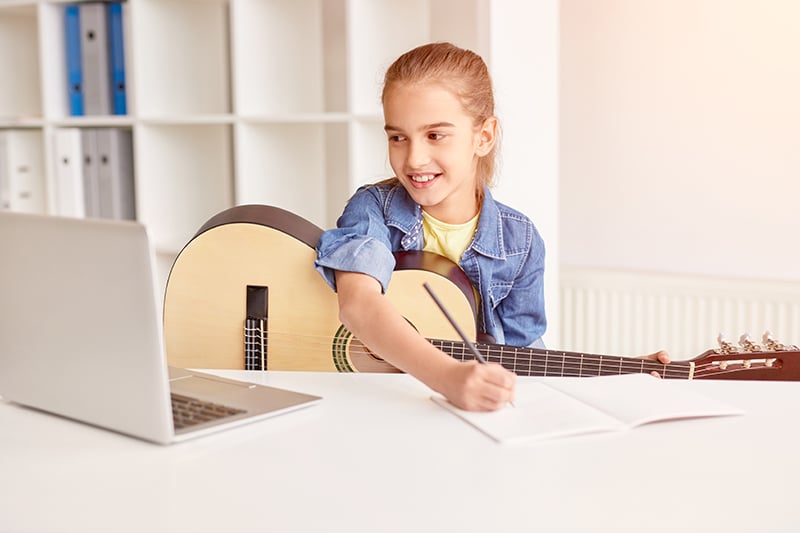
The recent changes in teaching and learning forced upon us by distance education have given opportunities to expand our technical capabilities. But, the focus to assist each student in the way they learn best has not changed. Instead, our knowledge of additional tools to enhance education has grown, and the realisation that now, more than ever, it’s important to keep personalised learning at the core.
Peter Cottle is an educator and e-learning specialist with over 13 years experience in K–12 schools. A passionate advocate of learning design underpinned by Universal Design for Learning approaches, Peter is a Territory Manager at Schoolbox and is continuously looking for ways to enhance the learning experience of all learners.
Want to learn more about educational technology to bring personalised learning to the forefront?
